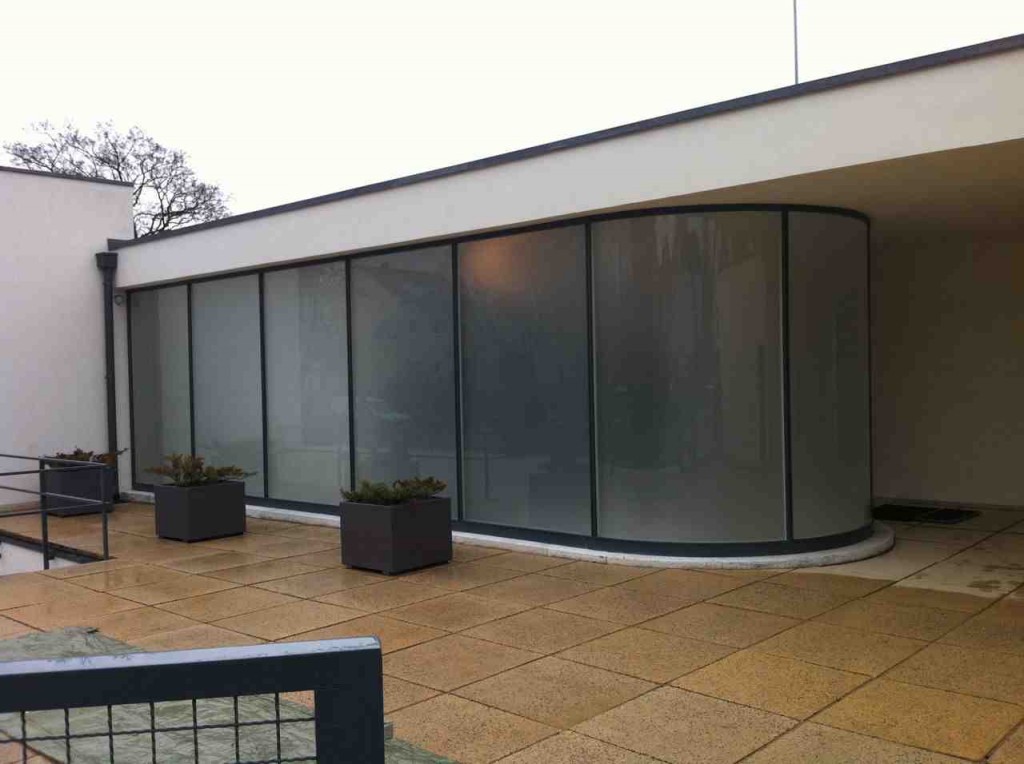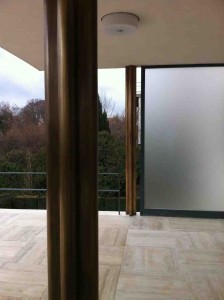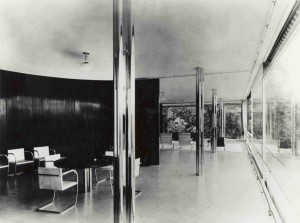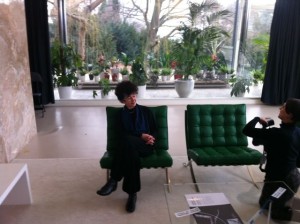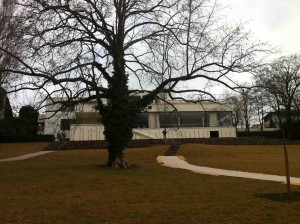After The War Was Over 30 October 2015 until 14 February 2016
Leonard Freed Photographs Jewish Life in Amsterdam in the 1950s
From 30 October 2015 to 14 February 2016, the Jewish Historical Museum (JHM) in Amsterdam will present an exhibition featuring some 150 photographs by the renowned American Magnum photographer Leonard Freed. These photos offer an impression of Jewish Amsterdam in the 1950s and show the recovery of Jewish life in the decades following the war.
The exhibition After The War Was Over: Leonard Freed Photographs Jewish Life in Amsterdam in the 1950s offers a unique chronicle of a period in Amsterdam's Jewish history rarely seen in photographs.
Leonard Freed
Leonard Freed (1929-2006), the son of Russian Jewish immigrants in New York, lived in Amsterdam from 1957 to 1970. He was fascinated by the resilience and vitality of the city's Jewish community. By the late 1950s, Amsterdam Jews had picked up the thread of their lives as well as they possibly could, and there was a sense of optimism and faith in a brighter future. Very little was said about the Second World War, and emotions like sorrow and anger were kept deeply buried. For a full year, Freed followed Amsterdam Jews as they went about their everyday lives - at home, in the synagogue, and at work.
Jews of Amsterdam
Freed's photographs show the diversity of Jewish life in postwar Amsterdam, with subjects varying from small Eastern European synagogues and evening dances for young Jews to Sal Meijer's kosher sandwich shop and market vendors in Waterlooplein. The photographs, taken in 1957-1958, form part of Freed's large photo series Jews of Amsterdam, the first major photographic project of his long career. Some of them were published in the book Jews of Amsterdam (De Bezige Bij, 1958).
All the photographs in the exhibition were recently purchased by the JHM from Brigitte Freed, the photographer's widow. They include both vintage prints and new, previously unpublished prints. These unique photos are now being exhibited for the first time.
The exhibition will be accompanied by a book of the same name (€35), produced by Schilt Publishing in partnership with the Jewish Historical Museum.
The exhibition will be accompanied by a book of the same name (€35), produced by Schilt Publishing in partnership with the Jewish Historical Museum.

1958 Joden van Amsterdam, de Bezige Bij, Netherlands
Leonard Freed: An American in Amsterdam ...
Freed’s first official book, entitled Joden van Amsterdam, appeared in 1958. Whether by chance or grand design, the book, hot off the press, landed in the mailbox of their recently-built apartment in Amsterdam West precisely on the day Leonard and Brigitte got married. It had been Freed’s own idea to make a photo book on Jewish life in Amsterdam – at least what was left of it after the Second World War. Of the 80,000 Jews who had lived in the capital in 1940, after the Shoah there were only 14,000 still alive. When Freed visited Amsterdam for the first time in 1952 as a young Jewish American, he was confronted with the deep wounds and social dislocation of a Europe just emerging from the war. During that first trip to Europe he fell in love with a Dutch girl. He visited her parents’ home, only to discover that the family had been rabid National Socialists during the war. “Can you imagine that?” Freed said. “As a naive Jewish boy from another world I suddenly found myself sitting at table with people that I could not help but find very friendly and likeable, while of course from the Dutch point of view I should have kept my distance from collaborationists like that.” (5) The way that he recounted this distressing experience, with a mixture of empathy and journalistic detachment, was typical of Freed. The ‘light irony’ of which Hofland spoke was not so much dictated by Freed’s character, as the way that life and history presented themselves to him, full of dilemmas, paradoxes and unforeseen outcomes.
Henk Hofland very clearly remembers Freed playing with the idea of doing a photo essay on the Jews of Amsterdam. “I introduced him to my fellow editor at the Algemeen Handelsblad, Max Snijders. He was well informed on this subject. They worked together to do the book.” It must have been an interesting duo, because Snijders (1929-1997) was known as a flamboyant, very self-assured journalist who could talk his way into any situation, while Freed was a man of few words, who preferred to stay in the background. Both were 27, but ambitious in their own way. The publication is proof that there was no lack of synergy when the two came together. While in 1958 there were sensitivities on both the Dutch and Jewish sides about something as explicit as picturing the contemporary Jewish community, Freed and Snijders succeeded in finding a good balance between the shame and guilt of the Dutch and the resignation and reticence of the Jewish community. In his nuanced, almost didactic text Snijders explains how in the thirteen years since the war Jewish life had again taken up its course: “A new community has grown up, less colourful, but hardly less kaleidoscopic.” It was very much the concern of the author and photographer to sketch things as they were at that moment, to paint a picture of a living community. It was explicitly stated that the book was not a catalogue, census or inventory, but was intended to reflect “an aura”. Yet in Joden van Amsterdam Freed could not escape from primarily depicting expressions of colourful orthodox Jewish life although – even back before the war – the Jews in Amsterdam were largely assimilated and secularised. But for a photographer folklore always makes a more interesting picture than a college lecture hall full of students, where there is nothing explicitly Jewish to be seen, while they were perhaps all Jews.




















 From all the photobooks about Brno I have ever seen (and I have seen probably all the photobooks about Brno), this one offers the most beautiful photos. Black and white, shot with old fashioned medium or large format cameras, poetic and funny.
From all the photobooks about Brno I have ever seen (and I have seen probably all the photobooks about Brno), this one offers the most beautiful photos. Black and white, shot with old fashioned medium or large format cameras, poetic and funny.

 The communist government printed this book to attract investors and to improve the business relations of Moravian factories and science institutions with foreign industries. The big benefit of this fact is that the book is partly written in English. The publication is filled with photographs of factories (some of which are currently been rebuilt into flats, shopping malls etc.) and plans of new factories (most of these have actually stayed on paper).
The communist government printed this book to attract investors and to improve the business relations of Moravian factories and science institutions with foreign industries. The big benefit of this fact is that the book is partly written in English. The publication is filled with photographs of factories (some of which are currently been rebuilt into flats, shopping malls etc.) and plans of new factories (most of these have actually stayed on paper).

 Eduard Milén (1891-1976) was a Czech painter known for cooperation with Leoš Janáček, but mostly for his paintings of Brno. I bought Milén’s monograph two years ago in an antiquarian bookshop at Kounicova st. for a very reasonable price of CZK 300 (€11.50).
Eduard Milén (1891-1976) was a Czech painter known for cooperation with Leoš Janáček, but mostly for his paintings of Brno. I bought Milén’s monograph two years ago in an antiquarian bookshop at Kounicova st. for a very reasonable price of CZK 300 (€11.50).


